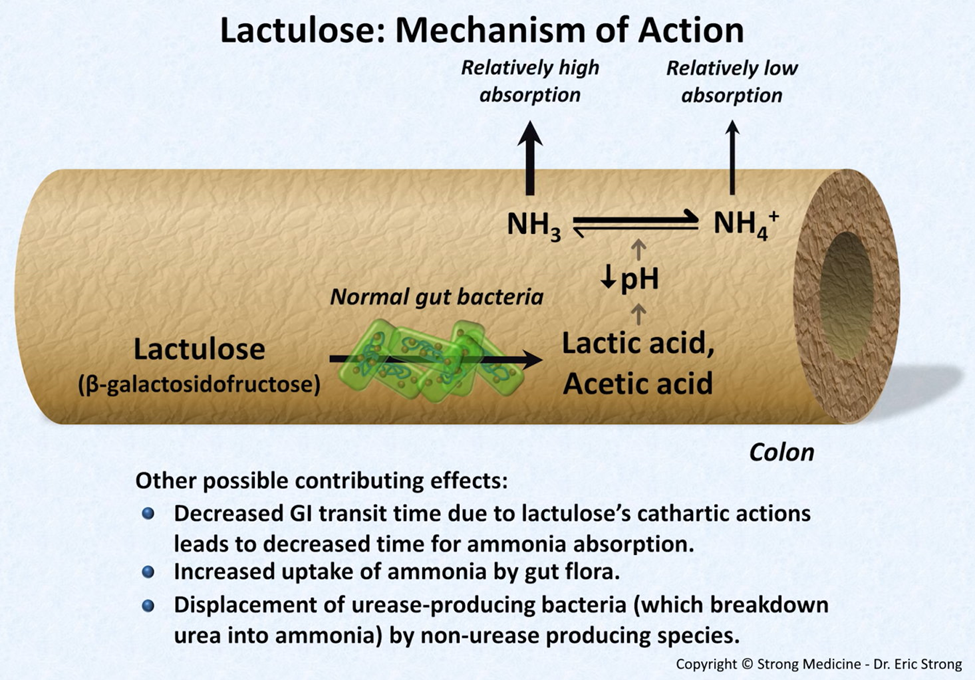A nurse is providing teaching to a client who has a history of pancreatitis. Which of the following food choices should the nurse instruct the client to avoid?
Cheddar cheese
Vegetable soup
Noodles
Baked fish
The Correct Answer is A
A. Cheddar cheese:
Cheddar cheese is high in fat, and individuals with a history of pancreatitis are often advised to limit their fat intake. High-fat foods can stimulate the pancreas to release digestive enzymes, potentially triggering or exacerbating pancreatitis.
B. Vegetable soup:
Depending on the ingredients, vegetable soup may or may not be high in fat. The key consideration is to choose soups that are not prepared with excessive amounts of fat or oil.
C. Noodles:
Noodles, by themselves, are not high in fat. However, the choice of sauce or toppings can impact the overall fat content of the meal. It's important to consider the entire composition of the dish.
D. Baked fish:
Baked fish is generally a lean protein source and is lower in fat compared to some other protein sources. Baked fish is often considered a suitable choice for individuals with a history of pancreatitis.
Nursing Test Bank
Naxlex Comprehensive Predictor Exams
Related Questions
Correct Answer is A
Explanation
A. Cheddar cheese:
Cheddar cheese is high in fat, and individuals with a history of pancreatitis are often advised to limit their fat intake. High-fat foods can stimulate the pancreas to release digestive enzymes, potentially triggering or exacerbating pancreatitis.
B. Vegetable soup:
Depending on the ingredients, vegetable soup may or may not be high in fat. The key consideration is to choose soups that are not prepared with excessive amounts of fat or oil.
C. Noodles:
Noodles, by themselves, are not high in fat. However, the choice of sauce or toppings can impact the overall fat content of the meal. It's important to consider the entire composition of the dish.
D. Baked fish:
Baked fish is generally a lean protein source and is lower in fat compared to some other protein sources. Baked fish is often considered a suitable choice for individuals with a history of pancreatitis.
Correct Answer is B
Explanation
A. Lactulose is not used to decrease potassium levels. It is a laxative that works by drawing water into the colon, softening stools and promoting bowel movements.
B. Lactulose is used to decrease ammonia levels in clients with cirrhosis. Ammonia is a byproduct of protein metabolism, and when the liver is compromised, it may not effectively convert ammonia into urea, leading to elevated ammonia levels in the bloodstream. Lactulose helps reduce ammonia absorption in the colon.
C. Lactulose does not decrease glucose levels significantly. It is not primarily used as an antidiabetic medication.
D. Lactulose does not affect bicarbonate levels significantly. It primarily targets ammonia reduction in clients with cirrhosis.

Whether you are a student looking to ace your exams or a practicing nurse seeking to enhance your expertise , our nursing education contents will empower you with the confidence and competence to make a difference in the lives of patients and become a respected leader in the healthcare field.
Visit Naxlex, invest in your future and unlock endless possibilities with our unparalleled nursing education contents today
Report Wrong Answer on the Current Question
Do you disagree with the answer? If yes, what is your expected answer? Explain.
Kindly be descriptive with the issue you are facing.
